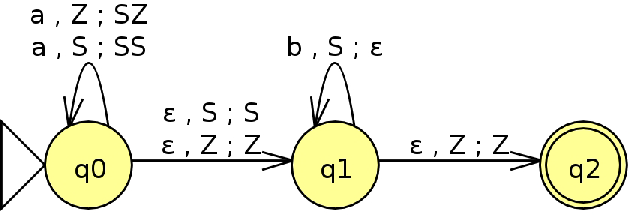Formal-LLM: Integrating Formal Language and Natural Language for Controllable LLM-based Agents (2402.00798v4)
Abstract: Recent advancements on LLMs enable AI Agents to automatically generate and execute multi-step plans to solve complex tasks. However, since LLM's content generation process is hardly controllable, current LLM-based agents frequently generate invalid or non-executable plans, which jeopardizes the performance of the generated plans and corrupts users' trust in LLM-based agents. In response, this paper proposes a novel "Formal-LLM" framework for LLM-based agents by integrating the expressiveness of natural language and the precision of formal language. Specifically, the framework allows agent developers to express their requirements or constraints for the planning process as an automaton. A stack-based LLM plan generation process is then conducted under the supervision of the automaton to ensure that the generated plan satisfies the constraints, making the planning process controllable. We conduct experiments on both benchmark tasks and practical real-life tasks, and our framework achieves over 50% overall performance increase, which validates the feasibility and effectiveness of employing Formal-LLM to guide the plan generation of agents, preventing the agents from generating invalid and unsuccessful plans. Further, more controllable LLM-based agents can facilitate the broader utilization of LLM in application scenarios where high validity of planning is essential. The source code of this work is available at https://github.com/agiresearch/Formal-LLM.
Sponsor
Paper Prompts
Sign up for free to create and run prompts on this paper using GPT-5.
Top Community Prompts
Collections
Sign up for free to add this paper to one or more collections.





